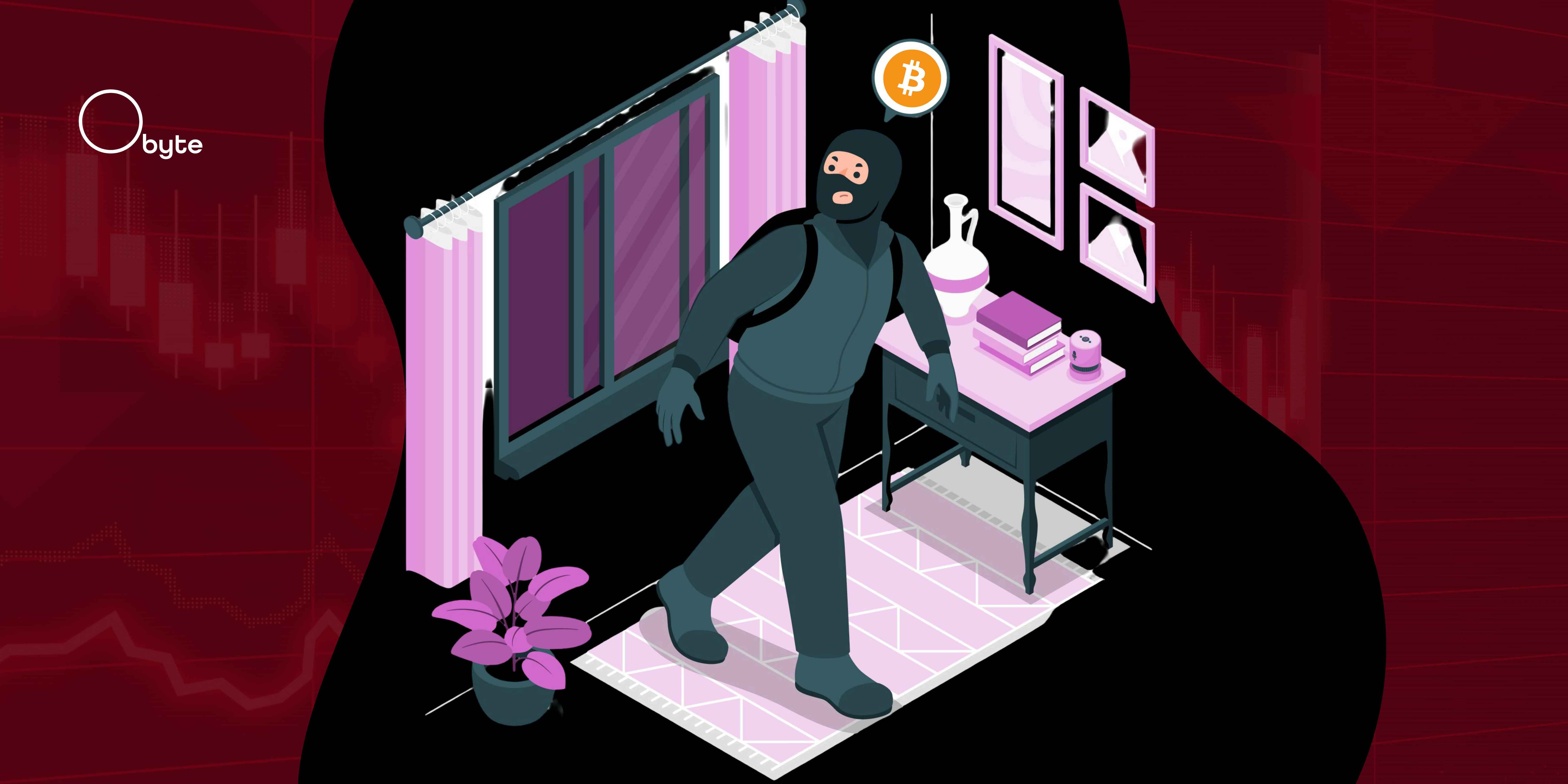We’re always thinking about the online security of our crypto wallets (as we should), and maybe we’ve taken all precautions already. Backup of private keys, proper passwords, privacy tools like VPNs, and 2FA on our accounts. Surely, there’s no way for someone to steal our crypto… unless they have a $5-dollar wrench and some evil intentions. Yes, just that.
Picture this: you think you’re safe, your wallets are good. Maybe you were gloating a bit about your crypto earnings on social media. One awful night, a masked man invades your home, hits you with a $5-dollar wrench (or a gun) and threatens to keep doing it until you tell them where your private keys are, or you directly transfer your coins to them. Not a good scenario, but one that is becoming increasingly common.
The record of physical or wrench attacks to steal crypto could be limited, since not all incidents are reported or published. However, Bitcoin developer Jameson Lopp, after being a victim himself,
The list starts in 2014, with an attack against the very first person who received Bitcoin: Hal Finney. He was harassed, extorted, and “SWATed” at his own home. Being “SWATed” means someone falsely reports a serious emergency (like a hostage situation) to police, causing a SWAT team to be sent to the victim’s address. After that, incidents have included a range of violent encounters, including home invasions, kidnappings, and assaults.
The frequency of such attacks has shown a correlation with the rising value and adoption of cryptocurrencies, with notable spikes during bull markets —for instance, in 2021 and 2024. Over 200 attacks have been registered.
Below, we’ll see more details about this and how to protect ourselves.
Attacks on “Crypto People”
People who are directly involved in crypto (developers, miners, traders, and founders) have been repeatedly attacked over the years to steal coins from them. Sadly, criminals didn’t stop with Finney or Lopp, who was also “SWATed.” Yury Mayorov, one of the founders of the cryptocurrency PRIZM,
Miners and traders are also common victims. Journalistic pieces describing kidnapped miners and traders, or something along the lines of “crypto trader robbed at gunpoint,” abound. Losses range from thousands to millions of dollars.
Sometimes, they’re lured into a physical, peer-to-peer (P2P) trade; some other times, they’re just walking around or in their own homes at the moment of the attack. The blogger Pavel Nyashin
Torture isn’t off the table, either. In January 2025, David Balland, co-founder of Ledger, and his wife
Assaults, Invasions, and Friends
Even if “crypto people” are common victims, that doesn’t mean average crypto users aren’t targeted. In April 2018, in Dubai, two brothers seeking to invest in Bitcoin were tricked into entering a supposedly legitimate office. Instead,
In 2019, an unknown millionaire in Norway
Some other times, even friends, family, or dates are involved. In 2018, A Bronx biker gang
In the same year, a crypto holder in Colombia met a woman via Tinder who later drugged him during a visit to his home, stole his phone, and
Phishing in Real Life
“Phishing” occurs online when cybercriminals pretend to be someone else (often, a company or organization) or build fake websites and apps identical to legitimate ones, all with the intention to trick users and steal from them —fiat and crypto. But this also happens in real life, when criminals pretend to be someone they’re not to steal money, and in this case, cryptocurrencies.
In 2021, in the Netherlands, four men posing as postmen
They tied them up and demanded cryptocurrencies from the father, who ended up transferring $250,000 from his accounts to them. Similarly, in 2023, a 76-year-old couple in Durham, North Carolina,
This can also happen in public spaces. In 2017, in Turkey, a gang posing as policemen
Protective Measures
Yes, we know. There’s little anyone can do against a gun pointed at their head, but still, we can take some protective measures for ourselves, our family, and our cryptocurrency funds.
- Don’t overshare about your crypto earnings online. It’s just an awful idea.
- “Decentralize” your tokens by dividing them into several wallets, with different private keys, kept in different places. In case of a physical attack, you can share a “bait wallet” instead of all your funds.
-
Keep your crypto funds in multisignature accounts that have to be co-signed by trusted people — kidnapping two or more people will be a lot harder. In
Obyte wallets , you can do this by creating a multi-device account from the Global Settings.
- Keep little to no funds in the easily accessible mobile wallet on the phone you carry everywhere, including potentially risky places. Instead, use a hardware wallet or, at the very least, a desktop wallet for storing most of your coins. In Obyte, you can also
create a textcoin (a type of offline paper wallet) to keep the bulk of your funds safely offline. Make sure nobody knows that this textcoin exists.
- Never open the door or easily hand over your phone to strangers without a good reason. Set up passwords for everything and be cautious.
- Be careful with people you’ve just met online. If you need to do a crypto deal involving cash, choose traders with strong reputations and take time to research them well before meeting in person.
- Maybe an obvious one, but don’t parade around with significant amounts of cash or a fat crypto wallet in your phone outside business hours, on lonely streets, enclosed spaces, or in other people’s cars.
- Stay up to date with the news —in crypto and outside. Your local newspapers could warn you about some useful things before it’s too late.
Featured Vector Image by storyset /


